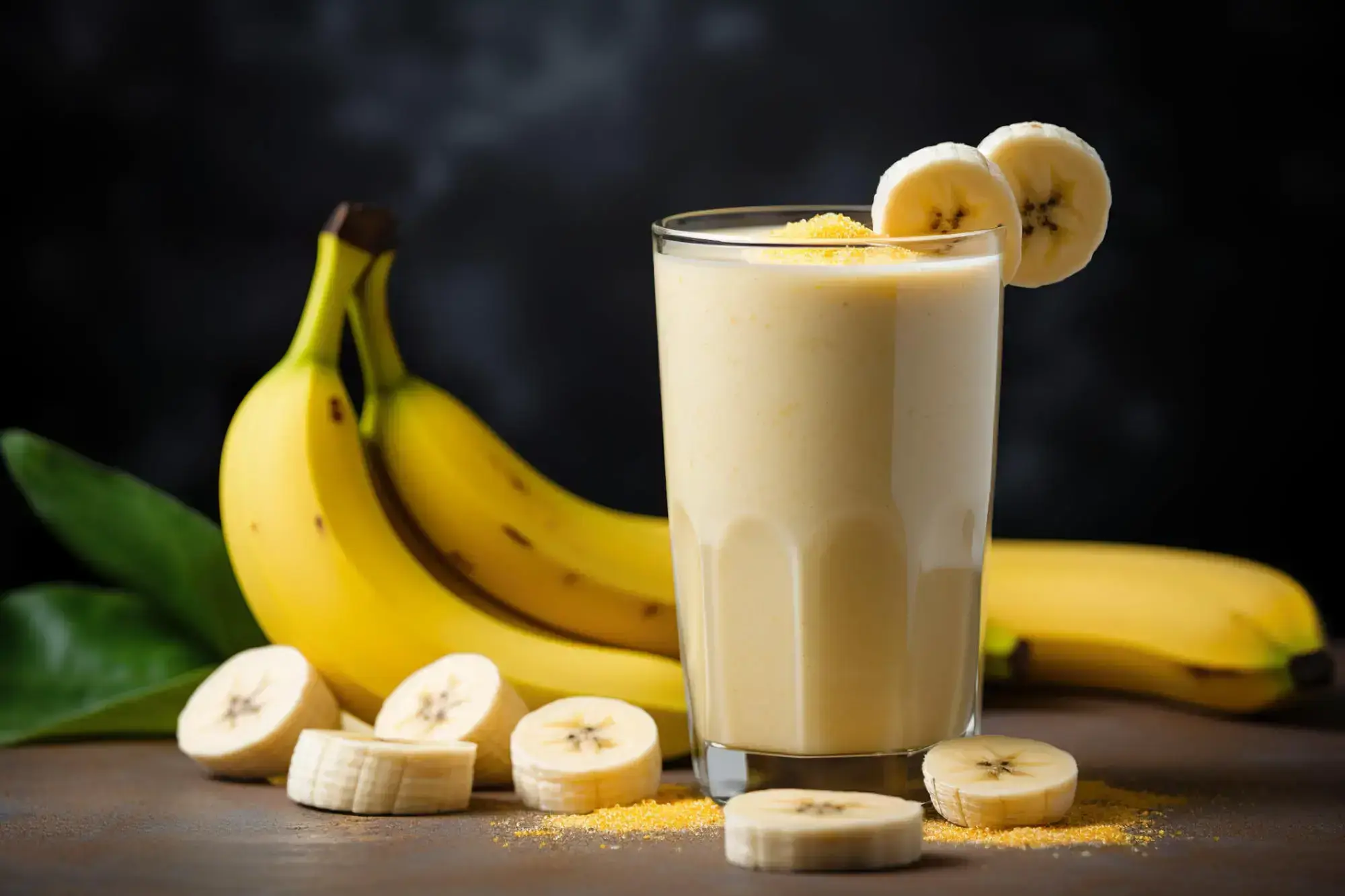Researchers have found that the enzyme polyphenol oxidase (PPO) in certain fruits like bananas can reduce the absorption of heart-healthy flavanols, especially when combined with flavanol-rich ingredients like berries. The study suggests choosing ingredients with low PPO activity, such as pineapple or oranges, when making smoothies to optimize flavanol absorption.



Dammit, you can’t just say that and not give any detail!
I’m not in the right headspace to read any studies on it but based on my understanding of how food works on a chemical level I’d say it’s a safe bet to say that the difference in preparation is mostly down to heat and steeping time.
If you steep for longer it gives the water more time to absorb flavanols.
If you use a temperate that is too high you’ll denature or destroy the flavanols, whereas if you use a temperature that’s too low they may not dissolve into the water as readily necessitating a longer steeping time.
Yeah I was thinking temperature. For example, you’re not supposed to use boiling water for green tea, as it burns the tea. I’ve noticed this with many brands, however each brand tends to be a bit different - some are more tolerant to higher temperatures than others.
I imagine you can also do a multi-stage extraction, where you heat at a lower temperature and then at a higher temperature. This should avoid denaturing the lower temp compounds. It’s commonly done with alcohol when extracting sugars into the wort.
It’s not a big mystery. Green tea has the most amount flavanols. Fresh leaves also have more compared to aged leaves. Also, powered forms of tea release them more quickly compared to loose leaf. However, you could just steep regular leaf tea for longer as well. The key thing to remember is to not use boiling water, as that may degrade the flavanols, so select a temperature just-below boiling (80-90C / 175-195F).